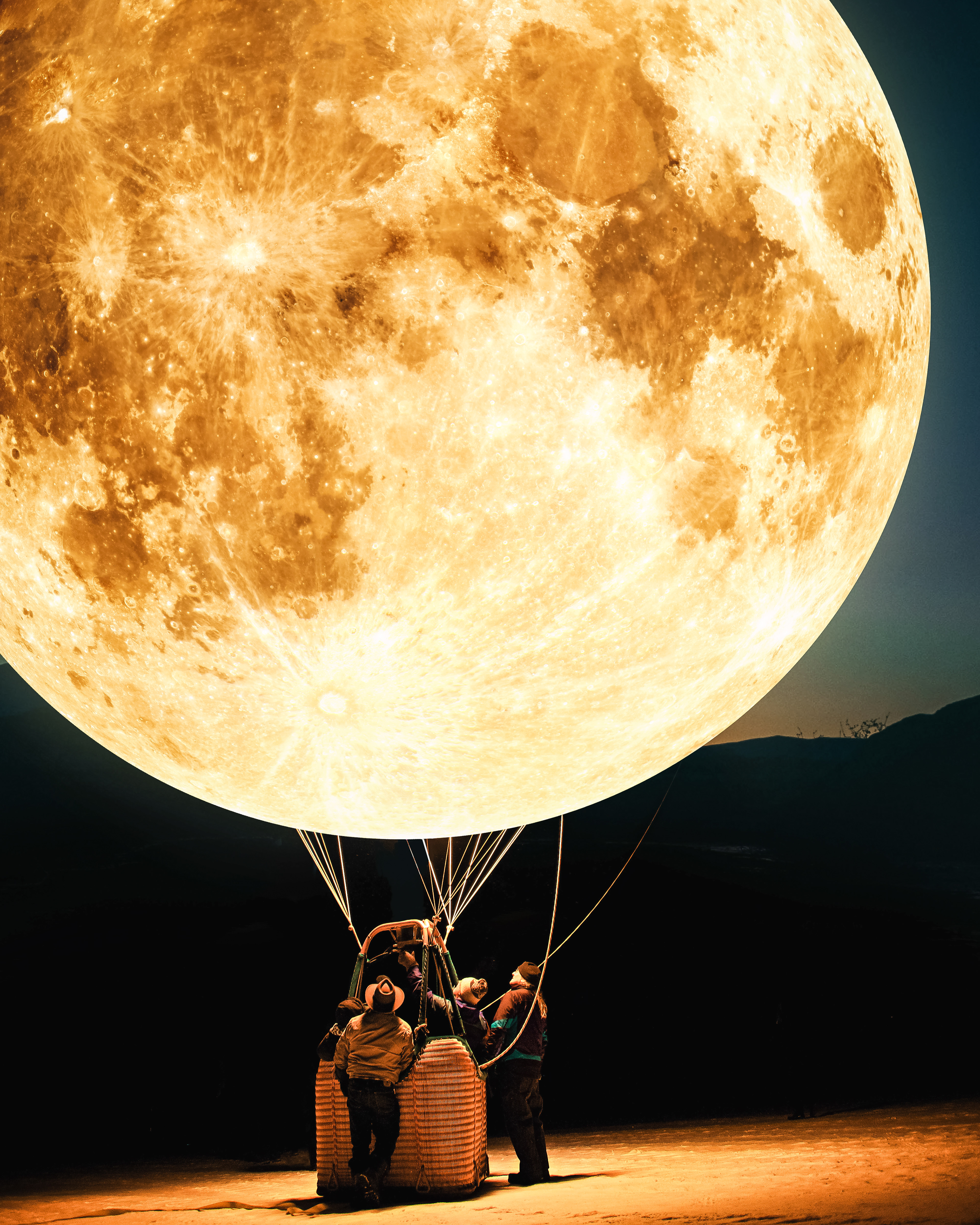Oh the irony
A burglar gets stuck in an escape room while trying to rob the place.
http://www.kptv.com/story/38605805/burglar-stuck-in-vancouver-escape-room-panics-calls-911
I guess this means that he should have cased the joint better.

a journal of thought, art, and the interesting.
A burglar gets stuck in an escape room while trying to rob the place.
http://www.kptv.com/story/38605805/burglar-stuck-in-vancouver-escape-room-panics-calls-911
I guess this means that he should have cased the joint better.
Emoji's were invented in 1999 in Japan but didn't see wide spread use until the last ~5 years. I was recently had a friend over for the Fourth of July and we were discussing how emoji's have shaped our personal communications in the last couple of years. Long story short, I'm glad for their rise. Though it has led to some entertaining misunderstandings though of trying decode long emoji sequences.
Language has an effect on culture and shapes how humans think about the world. So my main question is how is the rise of emojis shaping and changing the culture? Emoji's aren't unique, symbolic communication has existed for as long as human history has been around from the Egyptians hieroglyphs to the smile face :) era of AIM. So the first question is are they a massive shift in communication?
It seems that the difference between other symbolic systems and emojis is that emojis are global due to them being included in iOS and Android keyboards. The same emojis are used from Japan to the USA. The palette of emojis may be the same, the differences in how they are used seem to very from friend group to friend group.
It came to my attention a couple days after the initial conversation that academics have started a conference called Emoji2018 to look into some of these questions. There is a Wired article covering the conference as well as the conference homepage. I'm particularly interested in the paper discussing "Emoji Grammar as Beat Gestures" as it seems to get at some of the differences in usage.
I'm looking forward to seeing what research comes out in this area.
What if Conway's Game of Life didn't have discrete cells and instead was continuous across space? There was a paper about it in 2011 and now it has been implemented in another python open source project called SmoothLife. It looks nothing like the original but has some very interesting properties to look at. Chaotic systems like this are always interesting to stare at.
Here is a video of another implementation demonstrating the paper by Rafler.
Plotting machines have been a fascination of mine for a while. I enjoy the process in which digital art is translated to the physical world. This machine is rather unique though. It moves around on 4 wheels giving it a theoretically unlimited drawing area. It can also switch between using sand or spraychalk as a drawing medium. I would love to see a design that was just an evolving pattern as it goes further on rather than a repetitive symbol.
Here is a video of it in action.
There is an artist named Justin Peters who makes amazing surrealist photoshops that mix several things together. The final photos often look normal at first glance but then an examination reveals a stark contrast.



Here is his portfolio. It's a shame that he doesn't have a shop up. It would be very interesting to purchase one and see how long it took vistors to notice it wasn't an ordinary photo.